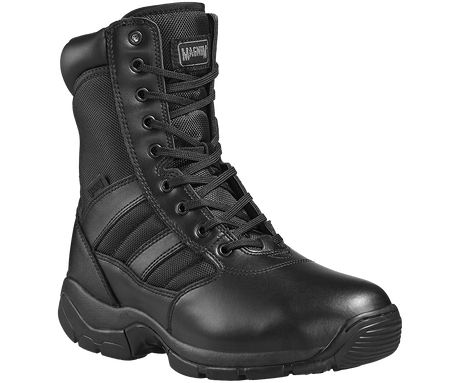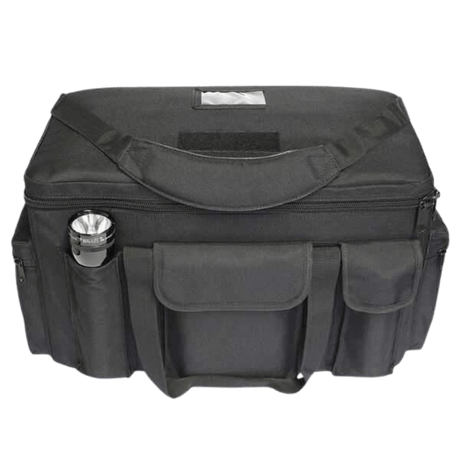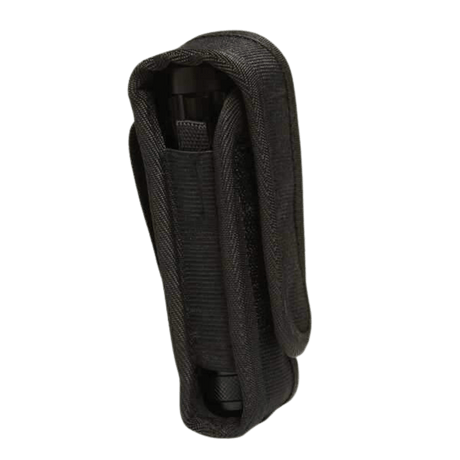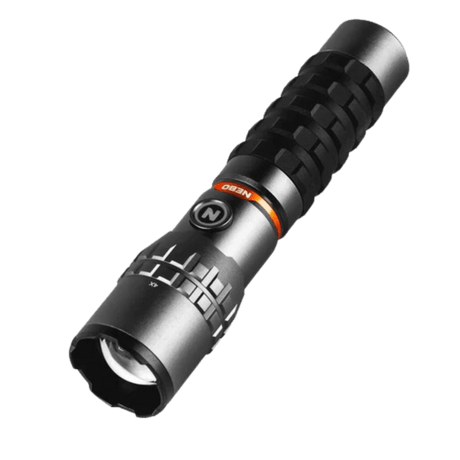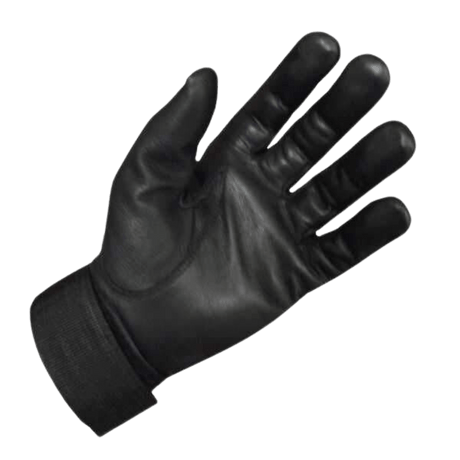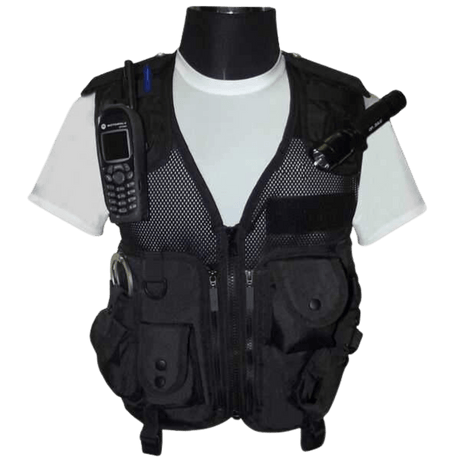Police officers spend a lot of time on their feet. Foot pain for police officers is a very common part of their job.
Plantar Fasciitis, also called ‘policeman’s heel’, is one of the most common causes of heel pain. It is a foot condition that occurs when tiny rips and tears are made in the plantar fascia ligament which lies directly beneath the skin on the bottom of the foot. Plantar Fasciitis causes a person to experience pain on the bottom of the heel and one of the main causes is inappropriate or inadequate footwear. The condition occurs when the plantar fascia on the bottom of the foot becomes inflamed. This ligament is responsible for supporting the foot’s arch.
“There are a variety of conditions that can come with long periods of standing. Pain in the joints, heels, arches or legs are some of the most common ones that get reported. These can be due to the person putting excess strain on their feet when standing for long shifts, the footwear they are wearing or a need for better support specific for their foot needs”, says Emma McConnachie, spokesperson for the Royal College of Podiatry.
The common symptom of plantar fasciitis is feeling a stabbing pain in the heel. The pain tends to be worse in the morning when you are taking your first steps or after resting your feet for a long period. The pain can also be noticeable if you stand up for a long period or if you perform an intense physical activity such as running. Policeman’s heel normally occurs because of the long hours spent working, or doing any activity on foot.
Another common foot condition that many police officers may suffer from is Athlete’s foot. This is a fungal skin infection of the foot and is most commonly found in sports people but also anyone who spend long hours on their feet. The fungus multiplies in warm, moist conditions and whilst not necessarily harmful can be uncomfortable.
Athlete’s foot may lead to an itchy and discoloured rash, small blisters or cracked areas of peeling skin of the foot. Infections can range from mild to severe and can affect one or both feet. Not only are police officers more susceptible to athlete’s foot due to them being on their feet all day but not wearing appropriate socks and footwear or not changing them regularly can also increase the risk of developing the infection. It can be a particular problem during hot weather if there is insufficient breathability in footwear, particularly waterproof boots.
Other side effects that officers may end up experiencing if they are wearing the wrong or ill-fitting footwear:
- Ingrown toenails occur when the toenail grows into the skin that surrounds the nail bed. This can happen if footwear is too tight or is ill-fitting and the nail doesn’t have room and it is forced into the skin around the nails. This may cause inflammation, swelling and tenderness.
- Perhaps the most common foot ailment, blisters are caused by friction and can occur in nearly every type of boot and shoe, particularly if the fit is poor.
- Bunions are abnormalities of the feet that cause a bump to develop on the large toe joint. When the big toe is pressed too much – like being crammed into a pair of boots that are too narrow - the pressure is placed on the joint and it becomes red and tender.
- Corns are patches of thickened skin, often found on the soles of the feet or toes. They are normally painless to start with but over time may become more painful and should be treated.
- Hammer Toe is a condition that affects the joints in the second, third, fourth and fifth toes. Hammertoes cause the joints to bend abnormally so the toes might curl up rather than lay flat. The cause is often trauma, from stubbing a toe to failing to wear safety footwear and having a weight drop on the foot.
There are plenty of preventative measures that officers can implement and/or an organisation can recommend to its staff. There are many online advice sites where current or ex-police officers discuss tips that they have learnt on the job.
“I have two pairs of work boots. Halfway through the shift, change your socks and change your boots. Spray on foot powder or deodorant to refresh them.”
Advice on correct footwear is also critical, ensuring it is right for both the individual and for the role they are being asked to undertake.
It is also important to remember as the day goes on the feet will swell so it is best to advise your team to get boots a bit too big for their feet.
“Each foot has 26 bones, 33 joints and over a hundred muscles, ligaments and tendons so preventative measures and actions would vary greatly depending on the type of pain and location on the foot. In general, though I would advise ensuring that your footwear is appropriate for your activity as this will help reduce the chances of issues occurring. It should have adequate space for your toes and the width of your foot, a stiff sole with good cushioning and a way of staying on your foot across the middle of your foot and the ankle too”, Emma McConnachie adds.
“If a person develops a new pain in their foot and it doesn’t resolve or ease within a couple of weeks of onset then we would recommend visiting a podiatrist to have the issue assessed and a treatment plan implemented.”.
If someone in your team is constantly struggling with foot pain and problems it may also affect their quality of life. Moreover, foot pain and conditions related to poor-fitting footwear can lead to falls and reduced mobility.
Podiatry services are available via the NHS or in the private sector. NHS services will vary by area so check with your local provider for access criteria and routes. Private podiatry can be accessed without the need for a referral. A list of registered members is available at cop.org.uk/find-a-podiatrist.
Resources
OrthotocWimbledon Clinics
Liverpool Podiatry
Reddit (Police UK sub reddit)

